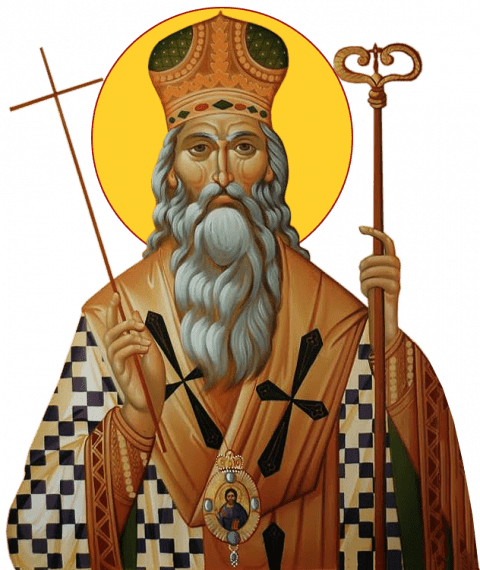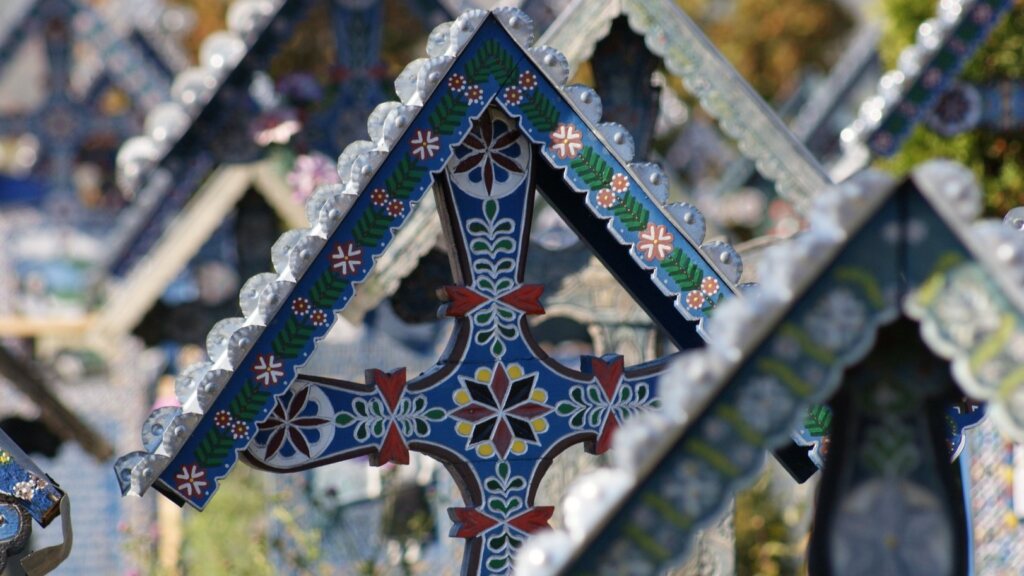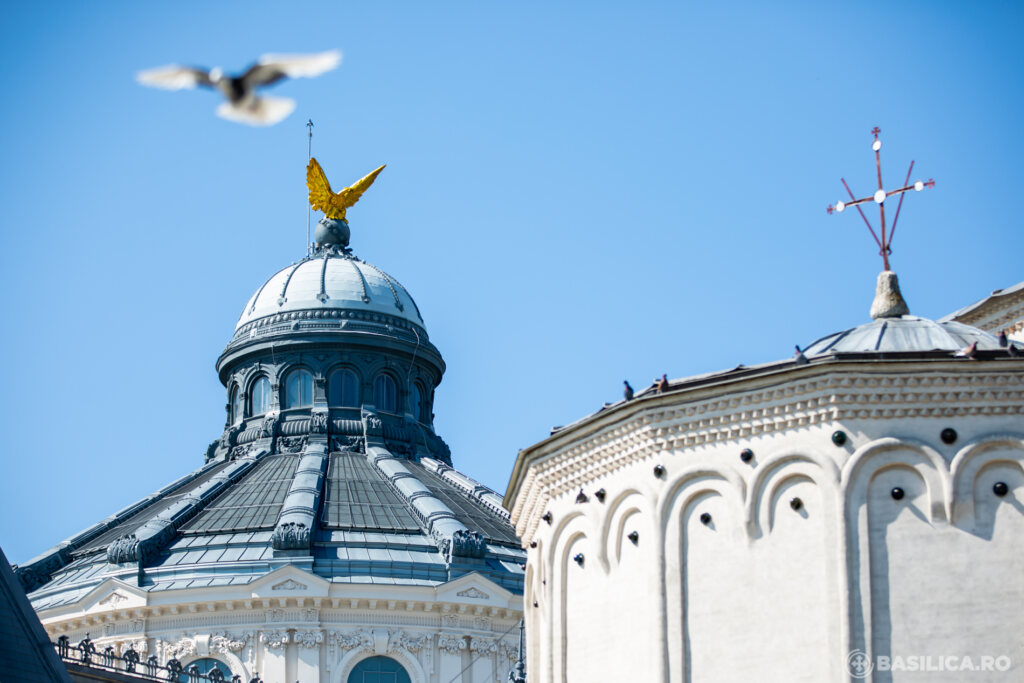Hieromartyr Theodosius of Brazi
He was born in Vrancea region, Romania, in the first half of the seventeenth century, and because he loved the monastic life from his youth, he acquitted himself worthily in the angelic state.
Meditating day and night on the Law of God and learning all beneficial teachings from the experienced spiritual teachers from the monasteries of Southern Moldavia, he was elected abbot of Bogdana Monastery, in Bacau County, where he rebuilt this holy place of worship.
For his worthiness and his commitment to monastic rules, he was ordained Bishop of Rădăuți in 1670, and the next year he was appointed Bishop of Roman.
Because he truly loved God’s holy places, he greatly helped the sketes and monasteries in his diocese, and supported Christians passing through tribulations or poverty.
In 1647, the Holy and Learned Metropolitan Dositheus (Dosoftei) was forced to withdraw to Poland together with the Moldavian Ruler Prince Ştefan Petriceicu. At that time, Moldavia was oppressed by the Turkish and Tatar armies, who named a member of the Cantacuzine family, Dumitrascu, to the throne of Moldavia.
The new prince, observing the absence of a Metropolitan in Moldavia, forcedly appointed Theodosius to pastor the Metropolis of Moldavia in those hard times.
Because the good shepherd Theodosius laid down his life for the sheep, he went to talk to the prince not bearing the way Christians were wronged in their own country.
Angered, Dumitrascu did not want to listen to the righteous reproaches of the Metropolitan and without any trial forced him to leave his see and remain under guard at St Sava Monastery in Iasi.
St Theodosius endured with much courage the unjust persecution, remaining enclosed within the walls of the monastery until the meek Metropolitan Dositheus returned into the country and freed Theodosius.
Theodosius withdrew to Focsani, where he cared for the rebuilding of Brazi Skete, where he built a new church and monastic cells, appointing the Athonite monk Zacharias as abbot.
In 1688, he was kidnapped and taken to Wallachia, where he endured prison and torment for ten weeks from some relatives of the former Moldavian prince, Dumitrascu. Escaping alive from this tribulation, he continued to take care of building sketes in Vrancea County.
In the autumn of 1694, Tatars invaded Moldavia again. They robbed Christians, and destroyed churches. Foreseeing his end was near, Metropolitan Theodosius prepared himself spiritually. Soon, at Brazi Skete came a group of Tatars, who tortured the old hierarch, forcing him to surrender the treasure of the monastery and the holy vessels.
Theodosius refused to do so, preferring rather to be tormented than to give in the hands of pagans the few possessions and holy vessels of the monastery. Eventually, the Tatars decapitated him. Thus, this passion-bearer received the crown of martyrdom, finding the end of his life for the love of God and the Church.
In 1842, his holy relics were discovered by miracle. Today, his relics are sheltered at Brazi Monastery, in Vrancea county, being a source of healings and spiritual comfort to all those who come and venerate them.
Saint Theodosius was canonized by the Romanian Orthodox Church in 2003.
Troparion – Tone 1
You have shown forth, O Holy Hierarch Theodosius, an everlasting light and a great defender of the Church of Christ. You have shone through ministry and martyrdom and brought yourself as a most pure sacrifice to the Master of all. We praise your feast and entreat God to grant our souls peace and great mercy!
Hieromartyr Phocas, Bishop of Sinope
He was born in the city of Sinope. From youth he led a virtuous Christian life, and in his adult years he became Bishop of Sinope.
Saint Phocas converted many pagans to faith in Christ. At the time of a persecution against Christians under the emperor Trajan (98-117), the governor demanded that the saint renounce Christ. After fierce torture they enclosed Saint Phocas in a hot bath, where he died a martyr’s death in the year 117.
In the year 404, the relics of the saint were transferred to Constantinople (July 22).
The Hieromartyr Phocas is especially venerated as a defender against fires, and also as a helper of the drowning.
Troparion — Tone 4
By sharing in the ways of the Apostles, / you became a successor to their throne. / Through the practice of virtue, you found the way to divine contemplation, O inspired one of God; / by teaching the word of truth without error, you defended the Faith, even to the shedding of your blood. / Hieromartyr Phocas, entreat Christ God to save our souls.

Tr by oca.org






